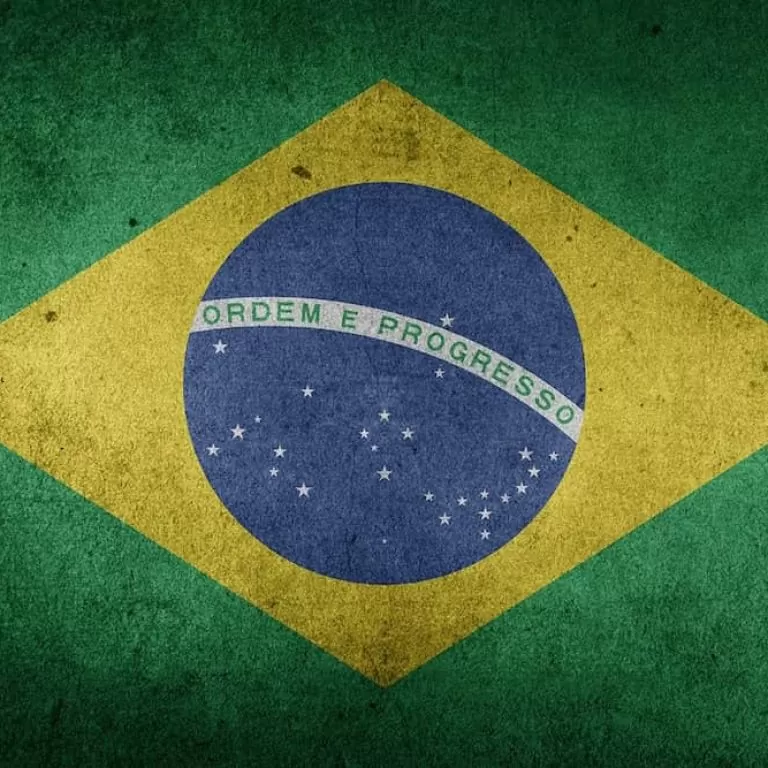
News Time-lapse at the Olympics
With the 2016 Summer Olympics well under way, in this blog we’ve picked out a selection of time-lapses that capture the world’s most prestigious multi-sport event in all its glory.
Hosted in Rio de Janeiro, Brazil, the Games of the XXXI Olympiad officially began on the 5th of August with an opening ceremony that was held at the Maracanã Stadium, with an estimated 78,000 spectators present.
On this momentous occasion, as is traditional for the formal ceremonial opening the Olympic cauldron was lit marking the end of the official torch relay which began back in April of this year in Olympia, Greece.
The cauldron took on a simpler form than in previous years so as to fall in line with the organiser’s efforts to reduce global warming.
Designed to produce a smaller volume of flame and fewer emissions, the cauldron was accompanied by a kinetic sculpture by Anthony Howe in order to enhance the reduced flame.
From this time-lapse of this incredible feature, you can see the spinning bars of reflective spheres and plates that are designed to evoke the “pulsing energy and reflection of light” of the sun.
Time-lapse is often used in long-term capture of a subject and although this video only takes place over the course of a couple of days, the changes in light from the rise and fall of the sun brings the sculpture to life in a matter of seconds.
With 207 nations and 11,551 athletes participating across 306 events in 28 different sports, that’s plenty of action taking place over the course of its 16-day duration.
The battle for Olympic medals is taking place in a total of 33 venues across Rio de Janeiro, plus five football co-host cities, including Salvador and São Paulo.
Time-lapse by definition condenses the passing of time – a technique perfect for capturing long-term developments.
Preparations for the 2016 Summer Olympics have taken a number of years to plan and complete, particularly the construction of the various venues and facilities at Rio’s Olympic village.
DigitalGlobe tracked the construction at six key Olympic development sites, which featured in this recent Quartz article.
The satellite time-lapses are not quite in the traditional style that is expected nowadays, as they are played back at a much slower frame rate than the usual 25fps. However, this only enhances the dramatic evolution of venues such as the Barra Olympic Park, Whitewater Stadium, Olympic Shooting Centre and more.
Mainstream, professional use of time-lapse continues to be particularly effective when documenting long-term activity but even capturing shorter periods of intense activity can reap some impressive results.
This fantastic ‘day-in-the-life’ look at an Olympic Ceremony is a wonderful use of self-shot time-lapse photography.
It was shot using multiple iPhones by Robert Miklausic, one of 10,000 volunteers who took part in the London 2012 opening ceremony.
The dramatic colour movements and changes from inside the stadium itself and the portrayal of excitement and anticipation from outside are truly stunning. It is a great example of how the subject itself can really enhance a time-lapse video.
With the latest four-year Olympiad in its infancy, these time-lapses from past and present truly capture the spirit of the games in a very unique way.